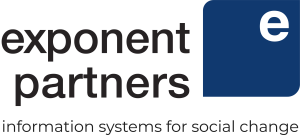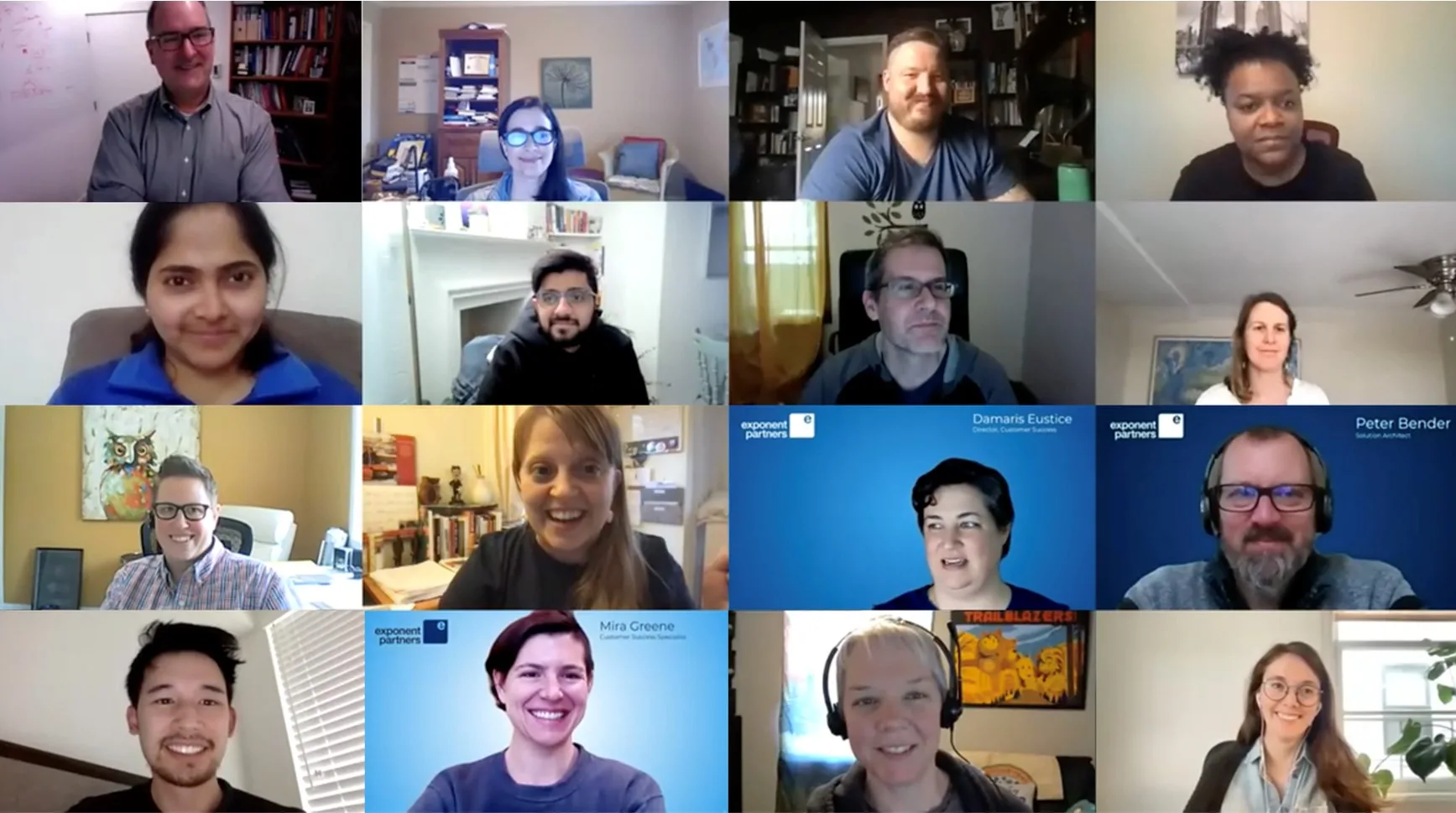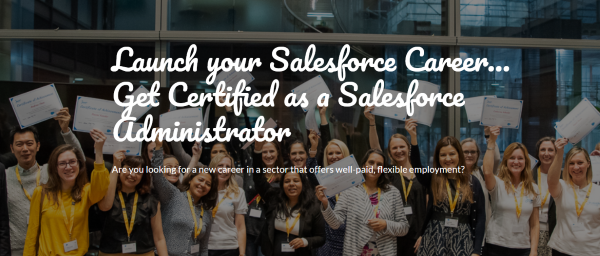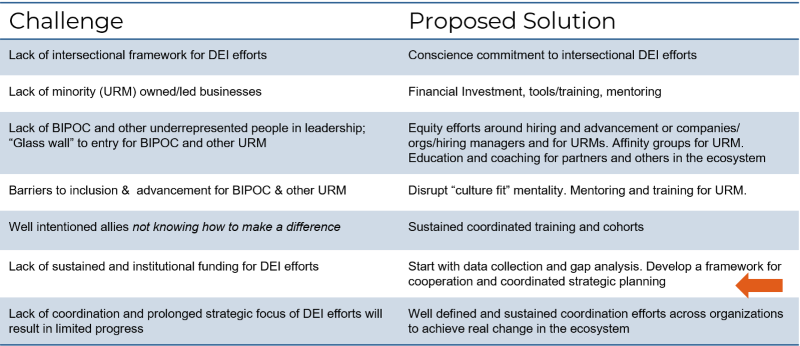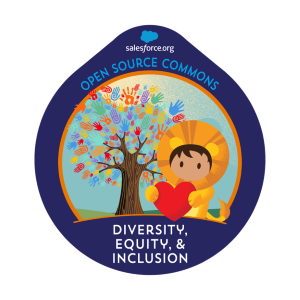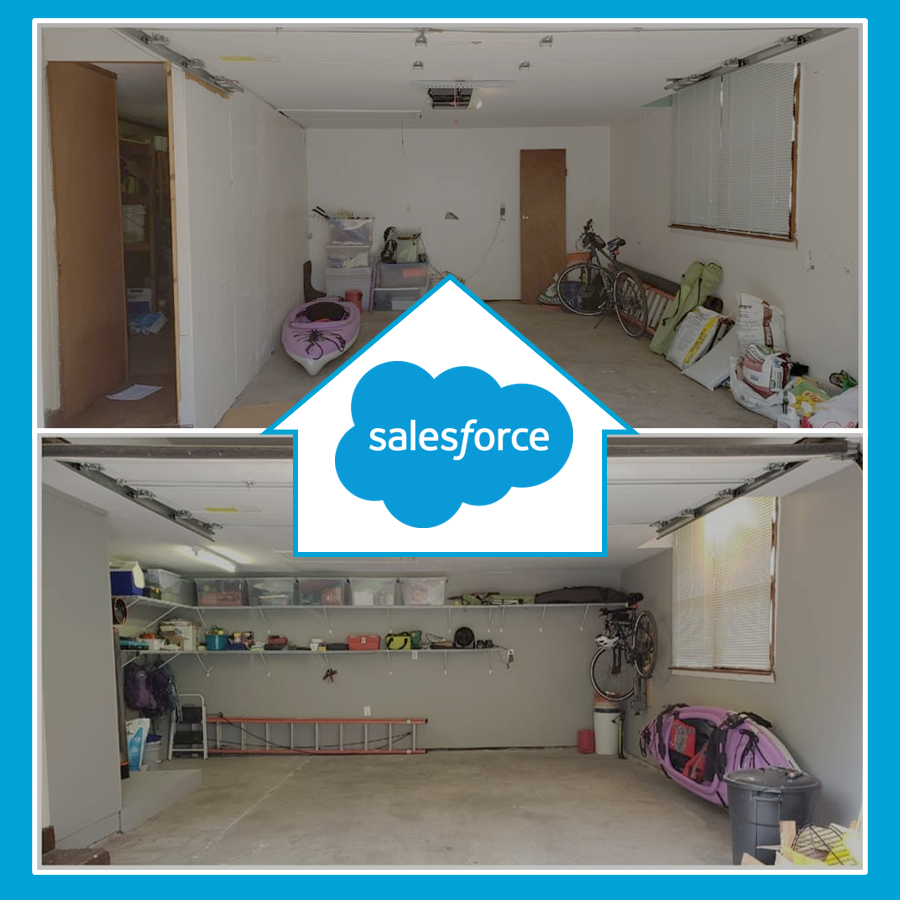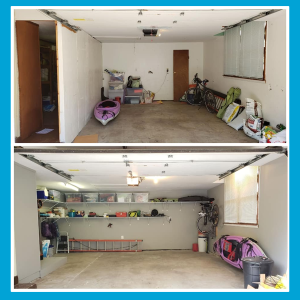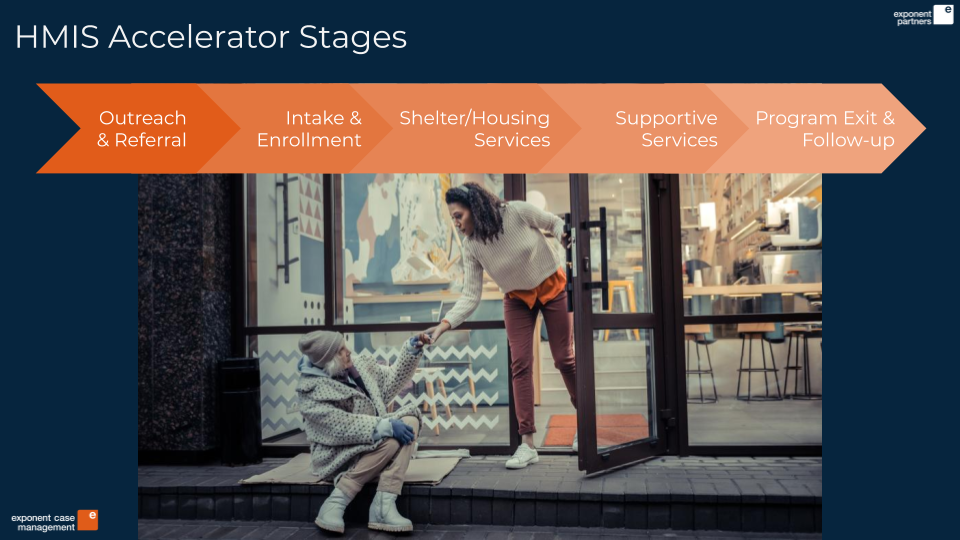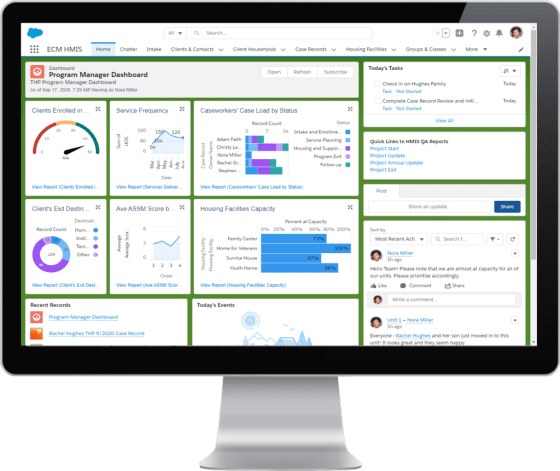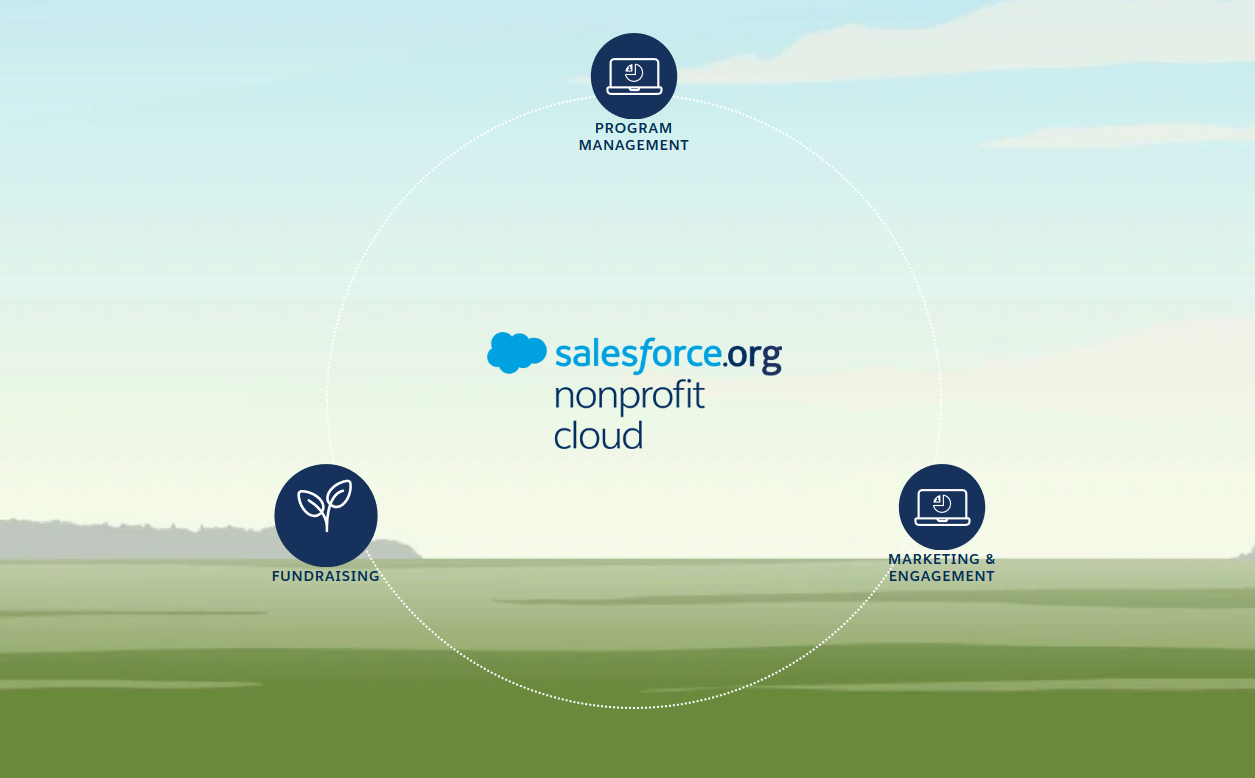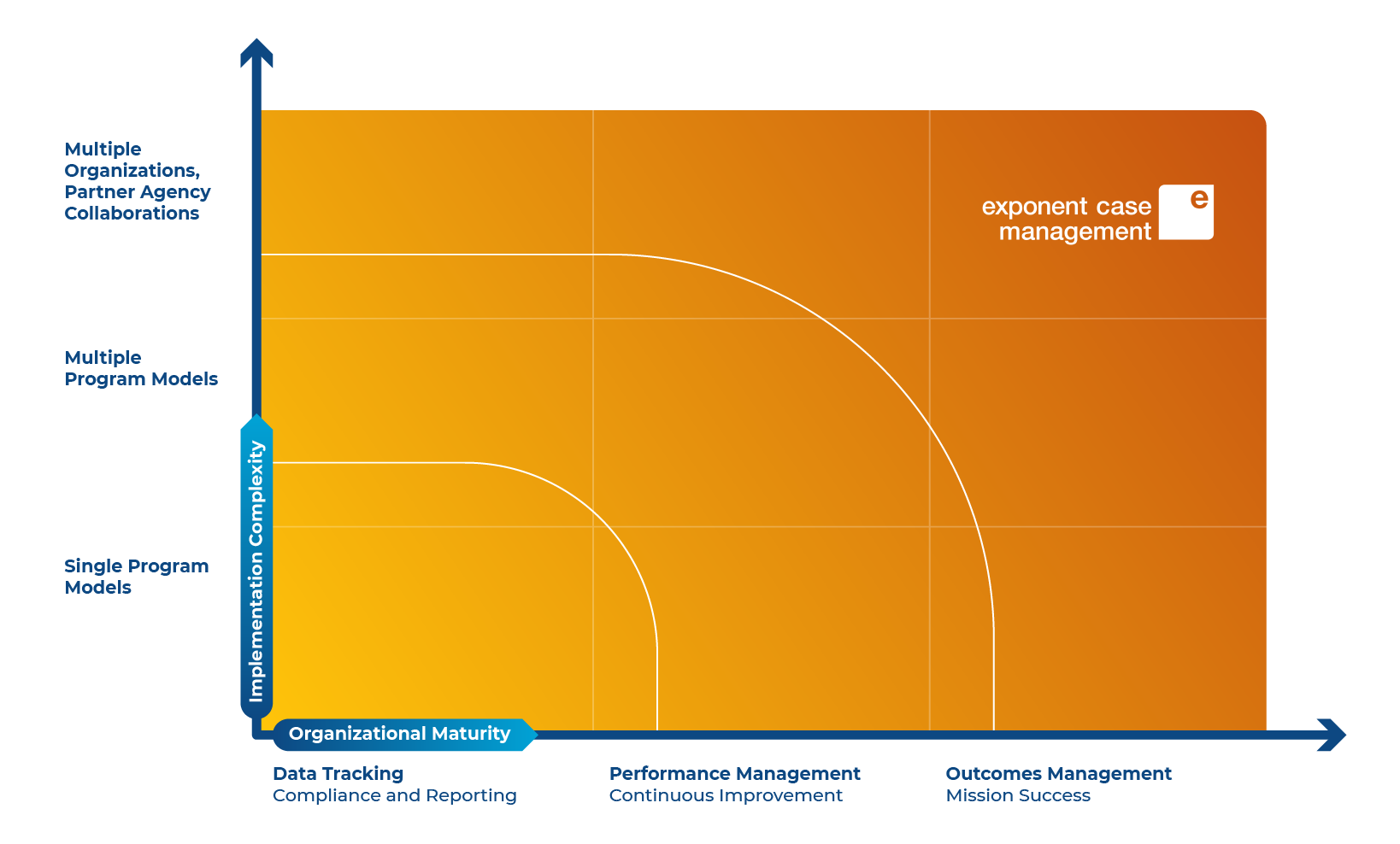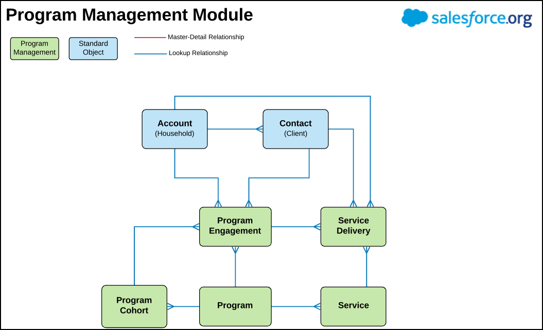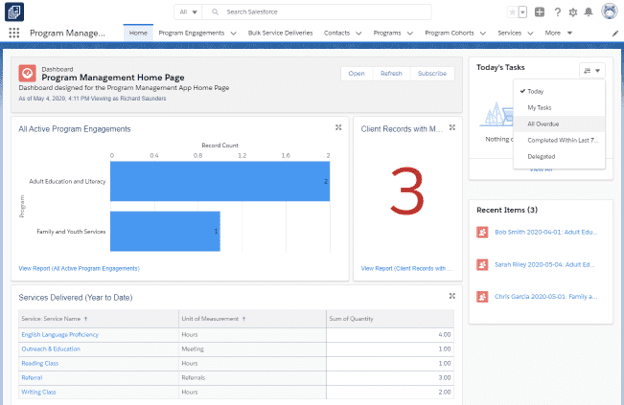Diversity, Equity, and Inclusion at Exponent Partners
Diversity, Equity, and Inclusion is a critical part of our identity as an organization, woven into our DNA. But there is always an opportunity to improve, to rethink, to be better. The events of the past year have granted us the opportunity to dig deep, take inventory, and reimagine how we as an organization can live our value of prioritizing diversity, ensuring equity and promoting inclusion.
Why are we so excited about expanding our work in this area? Because we believe that taking care of our employees and clients enables them to go take care of the world. And we agree with John Rice, founder and CEO of Management Leadership for Tomorrow (MLT) one of Exponent Partners’ earliest clients, when he writes that employers and companies play a critical role in “forging the link between racial equity in the workplace and racial justice in our communities.” Read more in the article here.
Tools and Resources for Every Employee to Learn and Grow
Our greatest asset, especially as a strategic consulting firm, is our people. Starting at the executive level, we challenge leaders to confront and rethink assumptions and what it really means to be an anti-racist and inclusive workplace.
Though not mandatory, we offer diversity, equity, and inclusion engagement opportunities for every employee, and are in the process of reimagining how this should look going forward. It is important to emphasize that diversity, equity and inclusion training is not a one-time, check-it-off-your-list event. It is an opportunity for continuous learning, personal and professional growth, and open conversations for every employee. And, we know that it is most effective when woven throughout the entire tapestry of an organization rather than relegated into a compliance-centric one-time event.
All employees are welcome to attend a monthly “Inclusive Leadership Lunch & Learn.” Leading with curiosity, both formal and informal conversations and trainings aim to challenge the group to recognize unconscious bias, unpack privilege, and discuss racial inequities in the world, even if it means getting a bit uncomfortable. In June of 2020, 42% of Exponent Partners staff engaged in small group Anti-Racism Awareness and Action conversations that focused on actions staff could take personally, and those actions we could take collectively, to be more actively anti-racist.
Seeking Candidates Who are Culture Adds, Not Fits
Early on in 2020, we identified the recruiting and hiring process as an area in which we could take actionable steps toward becoming more inclusive. We did a complete audit of our job posting language, for example, we de-gendered pronouns and removed gender-normative terms like “aggressive” and “Rockstar.” We also further emphasized the importance of diversity experience – either lived or worked – in job qualifications. We created training for all hiring managers, and hiring teams, that includes recognizing unconscious bias and working toward intentional inclusion in our interview process, ensuring that there are structured interview questions and candidate scorecards for hiring teams – key criteria that can reduce bias during the interview process.
To learn more about diversity, equity and inclusion in the hiring and recruiting process, as well as extend our reach to additional candidates, we have also partnered with Salesforce.org organizations who are hyper-focused on promoting equity in the workforce for under-served candidates. These partners, such as Pep-Up-Tech, Climb Hire, and Merivis, are doing amazing work providing resources and Salesforce training for candidates to enter or re-enter the workforce.
Additionally, Exponent Partners is a proud Amplify sponsor for the fourth year in a row. Amplify is an amazing organization that works to create a world where underrepresented voices have equity and representation in all areas of technology. Additionally, Amplify just presented at the NonProfit Dreamin’ virtual event on “How to Advocate for Diversity, Equity, and Inclusion in the Ecosystem” which had over 300 attendees.
Empowering Our Clients to Amplify Their Impact
We work with nonprofit clients doing incredibly impactful and meaningful work to make the world a better place. Naturally, one of the ways we can grow the impact of our diversity, equity and inclusion initiative beyond our organization is to find out how we can help empower clients to do even more. In sum, to start by listening to what tools, functionality and/or support will allow them to expand their reach and amplify their impact.
Does your nonprofit value equity but struggle with how to ensure equitable program outcomes? Watch our on demand webinar featuring the United Way Bay Area. The webinar explores how the United Way Bay Area SparkPoint program is working to improve outcomes for the underserved using equity dashboards.
More than anything, we look forward to learning and growing together. As an organization, we have been granted the opportunity to dig deep, take inventory and imagine a more inclusive, diverse and equitable community not only for us as an organization, but also for our clients and those they serve.
And we are always looking for new talent! If you value diversity, equity, and inclusion, consider joining our team.
